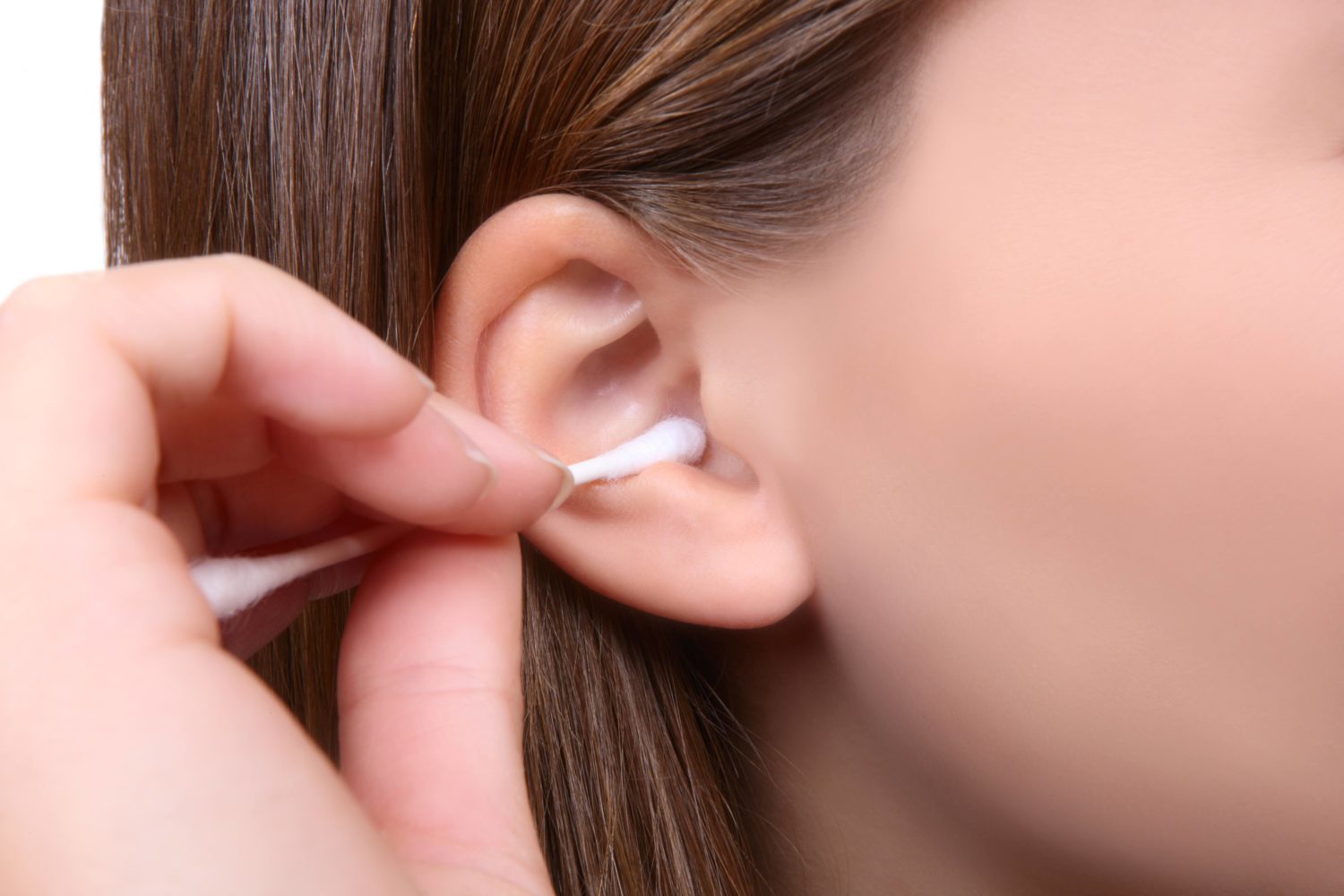Ear Wax Management

Ear Wax Removal
Some individuals naturally produce more earwax than others and sometimes they produce enough earwax to block the ear canal. This can cause temporary hearing loss and can be quite uncomfortable. When this occurs, it is important to see our audiologist who can help remove this earwax using our state-of-the-art equipment. It is important to note that you should not use Q-tips to get the wax out as that usually has the opposite effect, and pushes the wax further down the canal.
Contact us at the Whisper Audiology to find out more about your Ear Wax Removal and how we can help you hear again.
What to Expect in Ear Wax Removal Cleaning Session?
We understand that no one wants to dig in their ear with tools or syringing water to flush out earwax.
Our audiologist will ensure you are informed about every step of the ear wax removal and explain what to expect and what you may hear or feel as not to be startled.
Earwax is curetted with special medical, metal instruments that can cut out and remove the wax. Deeper ear wax is better removed by flushing it with water and removing it with a syringe. It’s a better procedure than the use of metal instruments within close proximity of your eardrum. We realize syringe techniques and flushing the ear canal for ear wax removal with water can be uncomfortable for some patients so if needed you will be advised before this procedure is used.
FAQ’s – Ear Wax Removal
Why do we have ear wax?
Ear wax or cerumen is a natural substance produced in our ears to help keep them moist and to prevent dirt, dust, and other unwanted substances from getting into our ears. In the section of the ear canal where wax is produced, there are tiny hair-like structures that move the wax toward the outer ear like a conveyor belt. So not only is wax helpful but the ear is also self-cleaning and unless there is a problem (like too much wax) it should be left alone.
How do I know if I need to have my ear wax removed?
If your ear wax is causing you to feel plugged up or you are having difficulty hearing, then it should be removed. Otherwise, a little bit of wax in your ears is good and it will come out naturally.
Why is using Q-tips not recommended?
There are several potential problems with using a Q-tip to remove wax. One major complication is puncturing or perforating the eardrum, which can cause damage to your hearing. Another problem is that sometimes using a Q-tip pushes the wax farther back, off the conveyor belt (mentioned above), getting it stuck or pushing it against the eardrum which can worsen your ability to hear until the wax is removed.
But since we can’t stop you, if you are going to use a Q-tip please remember:
- stand or sit in a secure place where you will not be bumped into. Behind an unlocked bathroom door is NOT a good place!
- the average adult ear canal is only 2.5cm in length and wax is only produced in the first third of your ear canal!
Do you do ear candling?
No. Ear candling is not recommended as there is no scientific evidence that it removes wax and the risks of this procedure greatly outweigh any potential benefits.
How do you remove wax?
There are a number of safe methods to remove ear wax. The method used at our clinic is irrigation which uses water pumped through a special nozzle to flush the wax out.
Do you have special training or certification to remove wax?
Yes. Our staff doing wax removals have done specific training through either the College of Audiologists and Speech-Language Pathologists of Ontario or the Association of Hearing Instrument Practitioners of Ontario to certify that they are able to perform ear wax removals safely.
Is there anything I should do to prepare for my appointment?
We would recommend that a couple of nights before your appointment you put a few drops of oil, (such as olive oil, mineral oil, baby oil) or ear drops to soften wax, into your ears before bed. This helps to soften the wax and make it easier to remove. Please be aware that after you put drops in your hearing may initially seem worse as the oil is absorbed and the wax expands and softens.
Why was I told that the wax was too hard to be removed? Why do I have to go back again?
If the wax is dried and hard it adheres to the skin of the ear canal. Since this skin is very thin and very sensitive trying to remove the hard wax could result in skin tearing, which causes discomfort and bleeding. This is why we recommend putting drops in your ear to soften the wax before coming to see us.
Is there a cost associated with ear wax removal?
Yes. There is a charge for ear wax removal appointments.
Unfortunately, ear wax removal is no longer covered by OHIP.
Facts about Ear Wax
It’s not actually wax!
We call it earwax because of its texture but it is actually a substance made of fatty acids, squalene, alcohols, cholesterol, and dead skin cells.
There are different kinds of ear wax!
Just like eye color, your type of ear wax depends on your genetics. Wet ear wax is the dominant gene so it is the most common. However, people from East Asia or Indigenous people often carry the recessive dry wax gene.
Stress can cause an increase in ear wax!
The apocrine glands are responsible not only for your ear wax secretion but also secretion of smelly sweat. The same way that stress can cause you to sweat more is the same way it makes you secrete more ear wax.
